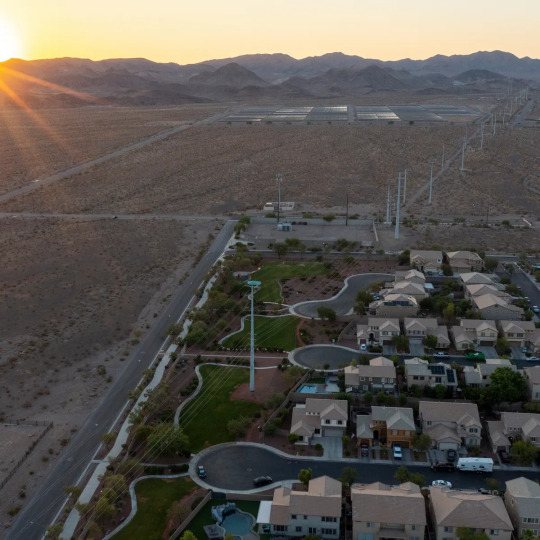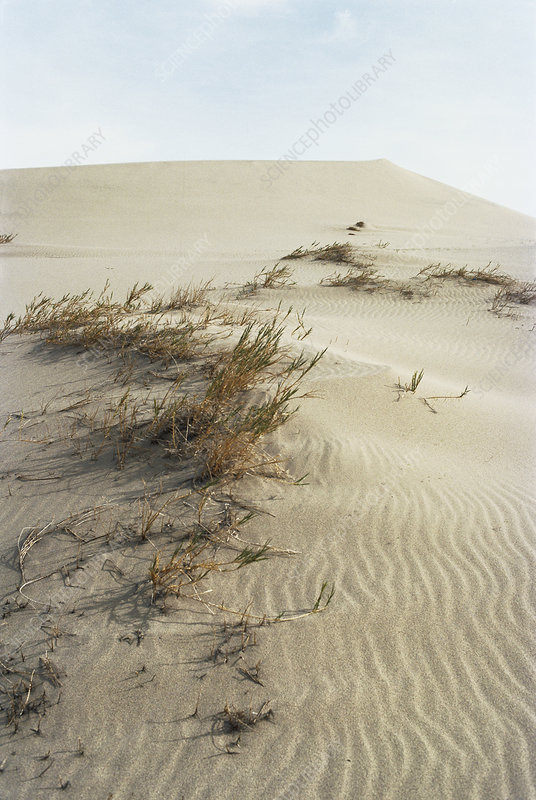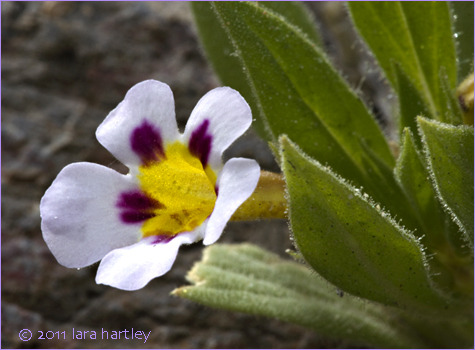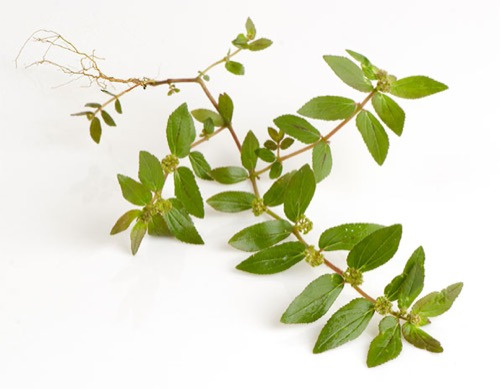Text
#6 - Competition
The Desert Coyote and the Sidewinder Rattlesnake are an example of species competition. This specific type of competition is called Interspecific, because the animals that are fighting come from two separate species. Both of the animals fight over food of the same type, specifically pocket mice and other small rodents. They may fight over water, because water is scarce in the desert.

Now, what would be an Intraspecific competition? It would be if two coyotes-of the same specific type- were fighting over a Kangaroo rat.

^ Shown above is a kangaroo rat.
source:
https://sites.google.com/a/plps-cc.org/desert-biome-5/about
0 notes
Text
#4 - 5 animals that live in the desert (Sierra)
Top 5 animal that live in the desert:
#5 - The Arabian oryx (as shown below)
These guys are medium-sized antelope, that nearly vanished from the Arabian peninsula at one point.

#4 -The Hamadyras baboon
Mostly found living in large troops in the southwestern tip of the Arabian Peninsula. The good thing about them is that The area has a lack of natural predators, so they thrive from not having to worry.

#3 - Meerkats!
These cute Meerkats are highly social and live in large family groups in deep underground colonies, where they can enjoy moderate temperatures out of the sun. (LOOK AT THAT CUTE FACE)

#2 - Fennec Foxes!
These Nocturnal cuties have large ears to help them hunt during the night. They are mostly found throughout the Sahara Desert, in areas with some vegetation.

#1 - Sand cats!
Although they look like a house cat, Sand cats prefer a very dry, habitat with little vegetation, for which they are well adapted. They are sand-dwelling creatures, inhabiting dry plains and rocky valleys where conditions are extreme.

Sources: (https://nationalzoo.si.edu/animals/fennec-fox)
(https://www.worldatlas.com/articles/life-in-the-arabian-desert-what-animals-live-here.html)
(https://nationalzoo.si.edu/animals/sand-cat)
0 notes
Text
#2 - Characteristics (Sierra)
So what exactly is the desert like?
A desert is a barren area of landscape where little precipitation occurs and, consequently, living conditions are hostile for plant and animal life, making hiding from potential predators that much harder. On top of that, there is very little vegetation, making the surface exposed and unprotected.
(https://en.wikipedia.org/wiki/Desert)
On to weather! The temperature fluctuates throughout the day, and is far more drastic that if it were more humid. The dry air heats up during the day, and cools off quickly at night.

(https://www.thoughtco.com/overview-of-the-desert-biome-130166)
0 notes
Text
#7 - Graph (Mary)

Coyote Population (adobe.com)
This graph displays the amount of coyote sightings per 1,000 hours between the years 1990 and 2011. This information strongly suggests that the number of coyotes has been increasing, which is excellent news since they are an integral part of many desert biomes’ ecosystems. While there is an increase it is a small and slow one, which is most likely due to food supply. Food supply is a density dependent limiting factor since the more coyotes there are the more there are to feed, meaning there’s less food to go around. Another reason the amount of food for coyotes is important is because their "[t]erritories are established where there is adequate food" (HowManyBears).
Work Cited:
HowManyBears_25January2017.pdf (iowaee.org)
0 notes
Text
#8 - 3 Threats to the biome (Mary)
While the desert, especially the Death Valley desert, is an incredible example of adaptation and survival against some of the hardest conditions. However, even a biome as wondrous as the desert is threatened. Some of these threats are:
Poachers are cruel people “who kill[] or take[] wild animals (such as game or fish) illegally” (Merriam-Webster), with the intention usually being to sell, eat, or sometimes even keep said animals as pets. The act of poaching is horribly damaging to deserts, since it reduces the populations of many different important species.

Even though deserts are the hottest biomes around, even global warming has a negative effect on them. While desert animals and plants have adapted specifically to survive extreme heat, “a rise in desert temperatures can dry out plants, making them more vulnerable to wildfires, or they might simply die due to a lack of moisture. Likewise, the animals that make the desert their home may not be able to cope with the increased temperatures, limiting their range or forcing them to migrate to cooler regions” (seattlepi). The threat of global warming risks a significant decrease of plant and animal species in desert biomes, which can have damaging and lasting effects.

Human development is another threat to desert biomes that humans sadly are the direct cause of. Usually when building people think of themselves before the environment, so it’s rare to see the consideration that the “expansion of cities and towns into desert regions can displace animals and destroy plants, especially since these developments tend to focus around sources of water where other living things would naturally thrive” (seattlepi). While human civilization is sinking its teeth into many desert biomes, Death Valley is safe from this since it’s a national park. This preserves Death Valley’s naturality from cities and towns being built over it.

Work Cited:
0 notes
Text
#5 - Symbiosis (Mary)
Every biome has organisms that survive through symbiosis, and the Death Valley Desert is no different.
One incredible example of mutualism as a symbiotic relationship is between the coyote and the badger. It’s easy to think that since both species eat rodents, they would constantly compete for food. Surprisingly, the opposite is true. Coyotes and badgers are well known to hunt together, since they “have learned that a symbiotic relationship affords them less calorie loss while on the hunt” (“Relationships”).

Relationships - Death valley national park (weebly.com)
Work Cited:
Relationships - Death valley national park (weebly.com)
0 notes
Text
#3 - 5 Plants (Mary)
Despite the harsh conditions of the Death Valley desert, there are still many different species of plants that call the place home. 5 of these are:
The Shining Milkvetch is a plant that protects itself from the intense desert heat by “reflect[ing] excess light and heat with a covering of silvery hairs to conserve moisture” (U.S. National Park Service). This ensures that the Shining Milkvetch isn’t being burned by the intense sun rays and that the precious water it collects doesn’t evaporate.

www.calflora.net/bloomingplants/shiningmilkvetch.html
Dune grass is a plant that grows “stiff, lance-shaped leaf blades” (Encyclopedia.com) which funnel rainwater they catch straight down into the roots. The big leaves also provide their own personal shade.

www.sciencephoto.com/media/1135949/view/eureka-valley-dune-grass
Death Valley Monkeyflowers are flowers that “can be found in shaded limestone crevices on steep canyon walls in the mountains bordering Death Valley” (Hartley). Their roots are able to collect groundwater that seeps into the rock of the canyon walls, and the walls can provide shade for most of the day while allowing the flowers to get sunlight for the rest of it.

www.desertusa.com/flowers/Death-Valley-Monkeyflower.html
Rock Daisy is a flower that doesn’t need much water and “grows best in a full sun position but can tolerate part shade. They are hardy plants and will grow in most soil types” (Garden Express), so they can tolerate the harsh desert conditions of Death Valley.

www.gardenexpress.com.au/growing-guide/rock-daisy-growing-guide/
Spurge is a type of weed that “has a main, central root called the taproot. The weed grows long stems that extend outward from the taproot. When stems and leaves grow outward from the taproot, they may have their own smaller root systems” (DoMyOwn) which make it easier and faster to collect groundwater. Additionally, Spurge grows best in warm climates and warm soil, making the desert a decent home.

www.domyown.com/spurge-identification-guide-a-577.html
Works Cited:
home.nps.gov/deva/learn/nature/endemic-plants-and-animals.htm#:~:text=Plants%20with%20the%20majority%20of%20their%20range%20within
www.nps.gov/places/eureka-dunes.htm#:~:text=Shining%20Milkvetch%20Astragalus%20lentiginosus%20micans%20reflects%20excess%20light
www.encyclopedia.com/environment/science-magazines/eureka-valley-dune-grass
www.desertusa.com/flowers/Death-Valley-Monkeyflower.html
www.gardenexpress.com.au/growing-guide/rock-daisy-growing-guide/
www.domyown.com/spurge-identification-guide-a-577.html
0 notes